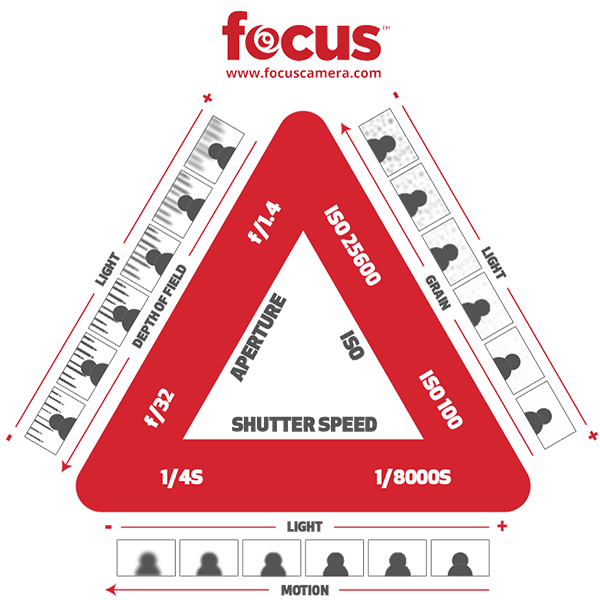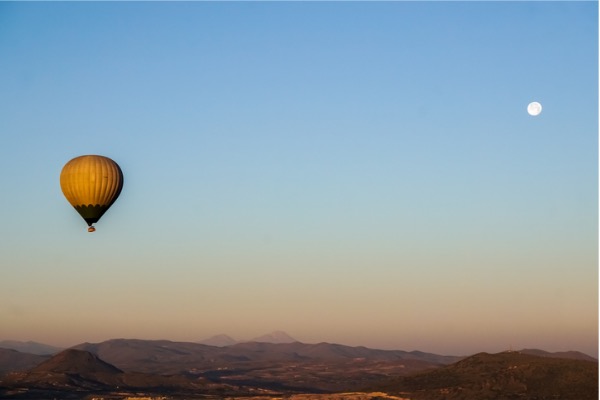To celebrate National Photography Month, we’re bringing you 60 Second Photography Tips for your favorite photography genres! This week, we give you the rundown on landscape photography best practices.
1. Depth of Field
First, maximize your depth of field. To do this, you’ll want to shoot at f/8 or higher. The smaller the aperture, the greater the depth of field! Also, remember to bring a tripod to steady the camera during those longer shutter speeds. Otherwise, your beautiful, perfectly-planned landscape shot will look like a blurry mess.
If you’re interested in learning more about f-stops and the importance of shutter speeds, we recommend you check out our post on the magic of the exposure triangle.

2. Find Your Focal Point
The focal point of a photograph is the area to which the viewer’s eye is naturally drawn (or, perhaps more obviously, where it focuses). Focal points can be any shape, size or color. For your shot, look for a focal point in the distance that you want to highlight. Landscapes often look empty without one.

3. The Rule of Thirds
Consider the horizon and rule of thirds for framing. At its core, the Rule of Thirds dictates that you place the focal point of your shot off-center where the crosshairs of your viewfinder intersect. The point of the rule is to draw the viewer into the photo rather than glance at the center and move on. In many cases, it makes for a more interesting photograph and an engaging narrative. So, place the horizon on the top or bottom line to create aesthetically balanced images.
We also go over the rule of thirds in our post “4 Nature Photography Tips For Beginners”.














